Water scarcity poses a critical global challenge, especially in arid and semi-arid regions. This paper introduces an innovative nexus approach to mitigate this issue through the integration of hydro panels in buildings, exploiting solar energy and atmospheric humidity to generate clean water. We offer a comprehensive review of the hydro panel technology’s current state, exploring its potential, implementation challenges, and alignment with Sustainable Development Goals (SDGs) through a bibliometric analysis. Our findings highlight a significant uptick in research on sustainable building technologies, positioning hydro panels at the nexus of solutions for water scarcity. Despite their promise, our analysis reveals a scarcity of focused research on hydro panels, indicating an emerging interest in leveraging smart city frameworks for environmental sustainability. The paper contributes by defining the technological trajectory and identifying gaps in existing research, emphasizing the hydro panels’ potential to transform water accessibility in arid regions, especially when integrated with other sustainable technologies such as solar photovoltaic (PV) systems. This review not only underlines hydro panels as a novel solution but also paves the way for future investigations into their broader application within the nexus of sustainable urban development.
- Autor/es: Leen Alsyouf, Imad Alsyouf, Khaled Obaideen
- Año de publicación: 2024
- País: Emiratos Árabes Unidos
- Idioma: Inglés
- Fuente de indexación: Scopus



